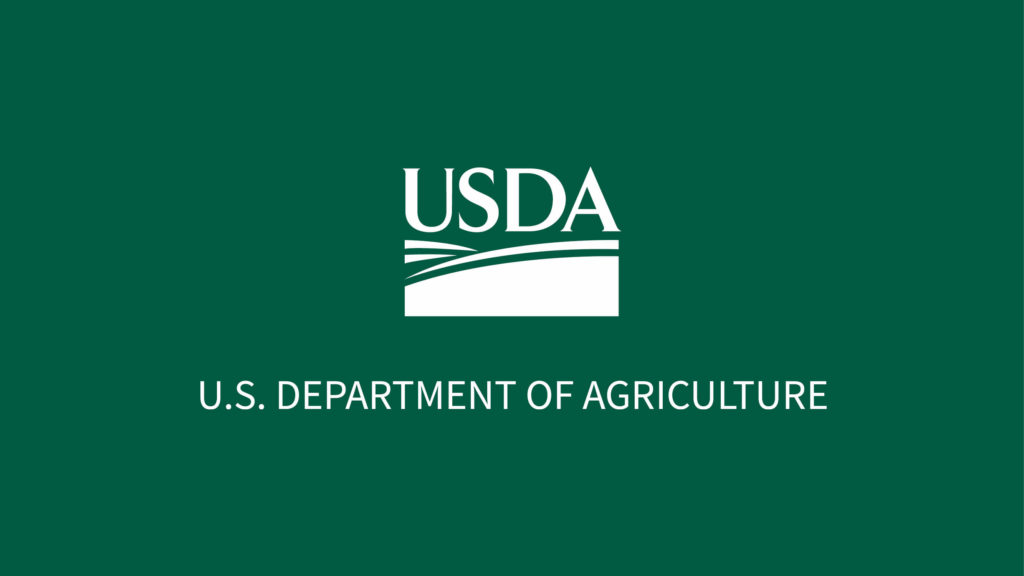The U.S. Department of Agriculture (USDA) Farm Service Agency (FSA) reminds specialty crop producers of the July 14 deadline to apply for both the Emergency Relief Program (ERP) Phase Two and the Pandemic Assistance Revenue Program (PARP). These revenue-based programs help offset revenue losses from 2020 and 2021 natural disasters or the COVID-19 pandemic.

Eligibility
To be eligible for ERP Phase Two, producers must have suffered a decrease in allowable gross revenue in 2020 or 2021 due to necessary expenses related to losses of eligible crops from a qualifying natural disaster event. Assistance will be primarily to producers of crops that were not covered by Federal Crop Insurance or NAP, since crops covered by Federal Crop Insurance and NAP were included in the assistance under ERP Phase One. To be eligible for PARP, an agricultural producer must have been in the business of farming during at least part of the 2020 calendar year and had a 15% or greater decrease in allowable gross revenue for the 2020 calendar year, as compared to a baseline year. FSA offers an online ERP tool and PARP tool that can help producers determine what is considered allowable gross revenue for each respective program. Through cooperative agreements with FSA, nine organizations are also providing free ERP Phase Two application assistance to producers across the United States and territories.
ERP Phase Two Policy Updates
USDA recently updated ERP Phase Two to provide a method for valuing losses and accessing program benefits to eligible producers of certain crops, including grapes grown and used by the same producer for wine production or forage that is grown, stored and fed to livestock, that do not generate revenue directly from the sale of the crop.
The value of the eligible crop intended for on-farm use will be based on the producer’s actual production of the crop and a price for the crop as determined by FSA’s Deputy Administrator for Farm Programs based on the best available data for each crop such as published crop price data or the average price obtained by other producers in the area. Acceptable, published sources including but are not limited to Federal Crop Insurance Corporation established prices, FSA established National Crop Table prices and National Agricultural Statistic Service prices.
Revenue and pricing guidelines for expected revenue for wine grapes and on-farm forage is available online for producer reference and convenience when applying for ERP Phase Two.
Requirement to Purchase Crop Insurance or NAP Coverage
All producers who receive ERP Phase 2 payments must purchase crop insurance, or NAP coverage where crop insurance is not available, in the next two available crop years as determined by the Secretary. Purchased coverage must be at 60/100 level of coverage or higher for insured crops, or at the catastrophic coverage level or higher for NAP crops.
Crops that are not eligible for crop insurance or NAP are still eligible for ERP Phase Two, but producers must obtain Whole Farm Revenue Protection or Micro Farm Program policy to meet linkage requirements.
Maximize FSA Office Visits
Producers should contact their local FSA office to make an appointment to apply for ERP Phase Two and PARP assistance. Producers should also keep in mind that July 15 is a major deadline to complete acreage reports for most crops. FSA encourages producers to complete the ERP Phase Two application, PARP application and acreage reporting during the same office visit.
More Information
For more information, view the ERP Phase Two Fact Sheet, PARP Fact Sheet, the ERP Phase Two-PARP Comparison Fact Sheet, ERP Phase Two application video tutorial, PARP application video tutorial, myth-buster blog or contact your local USDA Service Center.









